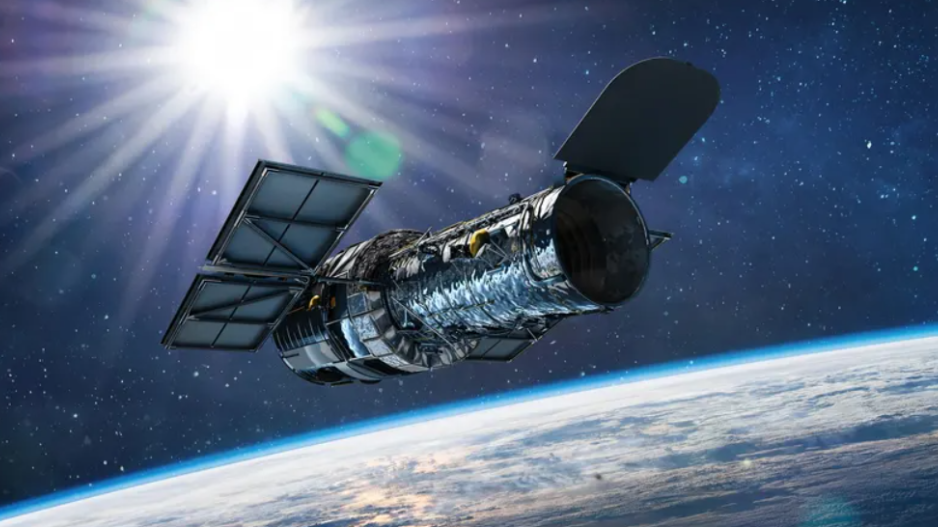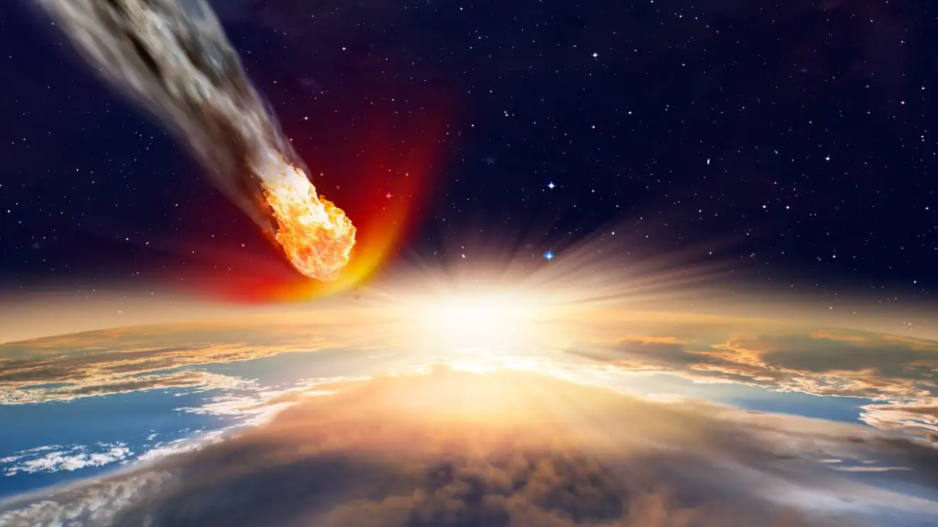NASA: This ‘City Killer’ Asteroid Is the Most Significant Near-Earth Threat in Recent History
Scientists Monitor the Newly Discovered Asteroid 2024 YR4 While Refining Collision Probability
Scientists worldwide are closely monitoring asteroid 2024 YR4, which carries a 3.1% chance of colliding with Earth on December 22, 2032—equivalent to one-in-32 odds. While this makes it the most significant known threat from a near-Earth object in recent years, experts stress there is no immediate cause for concern.
Astronomers first detected 2024 YR4 on December 27, 2024, at the El Sauce Observatory in Chile. Initial measurements estimate its size between 130 and 300 feet (40–90 meters) in diameter, categorizing it as a potential "city killer" should it strike Earth. Following its discovery, the asteroid was added to NASA’s risk list once its impact probability exceeded 1%.
NASA’s calculations have indicated a gradual increase in the asteroid’s likelihood of striking Earth, rising from 1.2% to 2.3%, then 2.6%, before reaching the latest estimate of 3.1%. The European Space Agency (ESA) provides a slightly lower risk assessment, placing it just under 3%. Scientists expect fluctuations in these estimates as they continue refining their observations, particularly since the asteroid follows a distant orbit for extended periods.

If asteroid 2024 YR4 were to collide with Earth, experts anticipate a high-energy airburst, releasing several megatons of explosive force. While not a global threat like the asteroid linked to the dinosaurs’ extinction, such an event could cause severe destruction in a metropolitan area. The potential impact zone currently extends from the eastern Pacific and northern South America through parts of Africa and into South Asia, but researchers emphasize that it is too early to determine an exact location.
In January, the International Asteroid Warning Network issued a bulletin after the impact probability surpassed 1%. Next month, the James Webb Space Telescope will conduct further observations to refine calculations of 2024 YR4’s trajectory and composition. Its advanced sensors can detect faint celestial objects, allowing scientists to more accurately determine the asteroid’s path and potential risk.
Bruce Betts, chief scientist at The Planetary Society, and other experts expect that as additional data is collected, the probability of a 2032 impact will likely decrease. However, should the probability surpass 10%, international authorities would shift from passive observation to active risk mitigation measures.
If a deflection mission becomes necessary, scientists can build upon the success of NASA’s 2022 DART mission, which demonstrated the ability to alter an asteroid’s trajectory using a spacecraft. Additional techniques, such as laser ablation, gravitational tugging, or nuclear intervention, remain theoretical options but would only be considered as a last resort.
For now, asteroid 2024 YR4 remains far from Earth, moving toward Jupiter’s vicinity. It will not return near our planet until 2028, giving researchers ample time to improve tracking accuracy. With continued monitoring and strategic planning, scientists are confident that any potential threat can be mitigated well before 2032.






